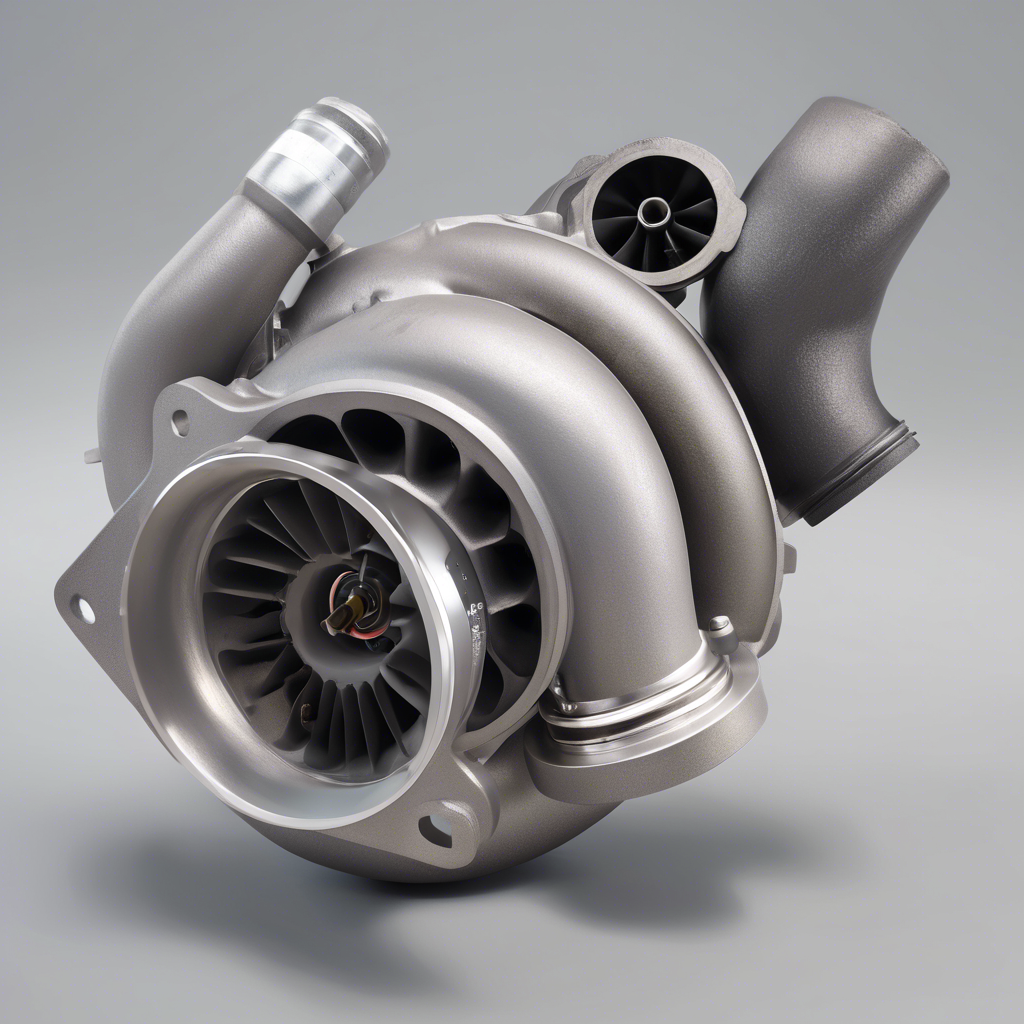A turbocharger kicks in when the engine reaches a certain level of exhaust flow and speed. This typically occurs at higher engine speeds, which is why turbocharged vehicles are often associated with better performance and acceleration. The turbocharger uses the engine’s exhaust gases to spin a turbine, which in turn drives a compressor that forces more air into the engine’s combustion chambers. This additional air allows for more fuel to be burned, resulting in increased power output.

In a traditional turbocharged setup, there can be a noticeable lag between when the driver presses the accelerator and when the turbocharger fully engages. This is because the turbine needs to reach a certain speed before it can effectively compress air and boost power. However, newer turbocharger designs, such as twin-scroll and variable-geometry turbos, aim to reduce this lag and provide more immediate power delivery.
The exact point at which a turbocharger kicks in can vary depending on the size and design of the turbo, as well as the engine’s operating parameters. Some turbocharged engines may have a more gradual power delivery, with the turbo starting to build boost at lower engine speeds. In contrast, other high-performance turbos may only become fully active at higher engine speeds, delivering a sudden surge of power.
Modern turbocharged engines often use electronic control systems to manage the turbocharger’s operation. These systems can adjust boost levels based on factors such as throttle input, engine load, and ambient conditions. By optimizing the turbo’s performance in real-time, these systems can provide a balance of power and fuel efficiency across a wide range of driving conditions.
In summary, a turbocharger typically kicks in when the engine reaches a certain level of exhaust flow and speed, allowing for increased power output. The exact point at which this occurs can vary depending on the turbocharger design and engine operating parameters. By using advanced electronic control systems, modern turbocharged engines can optimize performance and fuel efficiency in a variety of driving scenarios.
